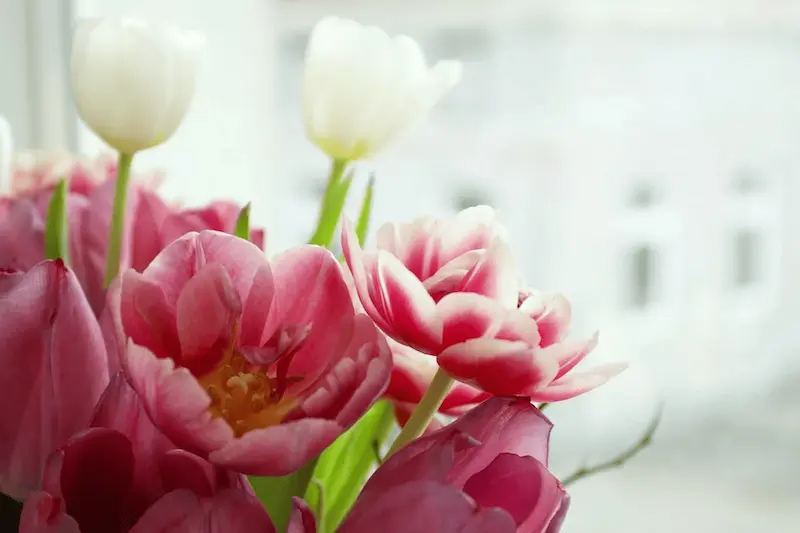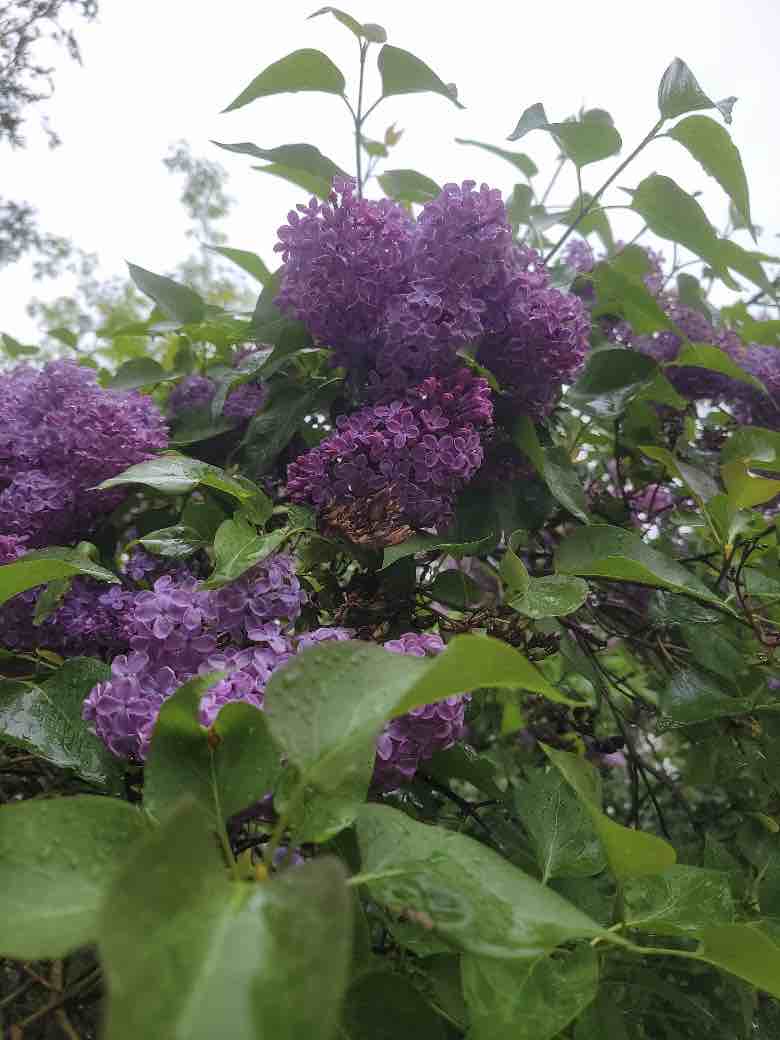On Pruning and Deadheading Daffodils, Tulips, Lilac and Viola
Photo:
Credit: Judith Cox
This year I am determined to do my best to deadhead my flowers. If you take off the dead flowers you will get more and more flowers.
Greetings fellow gardeners,
This has been a scary week. When I went outside on Tuesday morning it smelled like a campfire. It was dark and the sky looked yellow. I stayed inside for the morning. On Wednesday when I went outside it seemed to be worse. I didn’t need to water that much as we had received some rain. The air was thick, and my throat hurt. Instead of working outside, I explored some local nurseries and found some pineapple sage. Because my house is in an area that is lower, I find the fog stays longer. Being outside is difficult so I used a mask when I did my chores.
My pots are doing well. I have more plants to get in, but so far they are hardening off well. I am slow with my cucumbers and squash this year, but they will not take any harm from that. I have carrots and lettuce to plant. The lettuce will do well in a pot and carrots planted later do not mind a touch of frost in the fall.
Pruning Daffodil and Tulip
There are very tired daffodil and tulip flowers poking around in my garden. I know it is tempting to cut daffodil and tulips down, but try to resist. You can cut the spent flowers but don’t cut the leaves. The leaves are feeding the bulbs and are very important to the health of the plant. I plant my bulbs near perennials and the new growth covers the dying leaves of the bulbs.

Pruning Lilac
Although my white lilac is still blooming and smelling delicious, my common lilac has finished its bloom. When your lilac has finished blooming, then you can prune it. The first thing to do is to remove the dead lilac flowers but if you don’t remove them, it will not interfere with next year’s display. Take a close look at the bush to make sure there is good air circulation. If you decide to prune in order to help with circulation, take no more than a third of the lilac.

Deadheading Flowers
This year I am determined to do my best to deadhead my flowers. If you take off the dead flowers you will get more and more flowers. Annuals really respond well to deadheading and it is very important for your roses. I have been watching my roses carefully this year as it seems to be a perfect year for green worms. I am picking off anything I see right away before it gets ahead of me, and the chickens think they are tasty.
As the flowers of this viola die, they are removed to encourage new growth.
Be sure to continue to water all of your containers regularly and be careful of the smokey air. Wear a mask if you are going to be outside for a while and don’t do anything too strenuous. It will get better soon. Enjoy your week. Judith. (Email: sghorticultural@gmail.com) Veggie Bites are available at https://sghorticultural.wixsite.com/website or https://gardeningcalendar.ca/category/veggie-bites/







Leave a Reply
You must be logged in to post a comment.